Two beautiful gemstones, tanzanite and amethyst, call us with their charming purple beauty. Even though these gems are all very different and beautiful, they are all the same color.
On the surface, they are very different and similar, and each has its place in the world of gemology. If you like jewelry and gems, you must know what makes these stones different.
We’ll talk about their features, how they were formed, and other important details that will help you confidently tell the difference between tanzanite and amethyst.
This guide will help you learn the difference between these two beautiful gems, whether you’re a collector, a jeweler, or just starting to like gemstones. Knowing these will help you appreciate their unique qualities even more!
Tanzanite vs. Amethyst – The Major Differences
We’ll begin by talking about how they are different. These are the characteristics that stand out when put next to each other.
Appearance – Amethyst has prismatic crystals
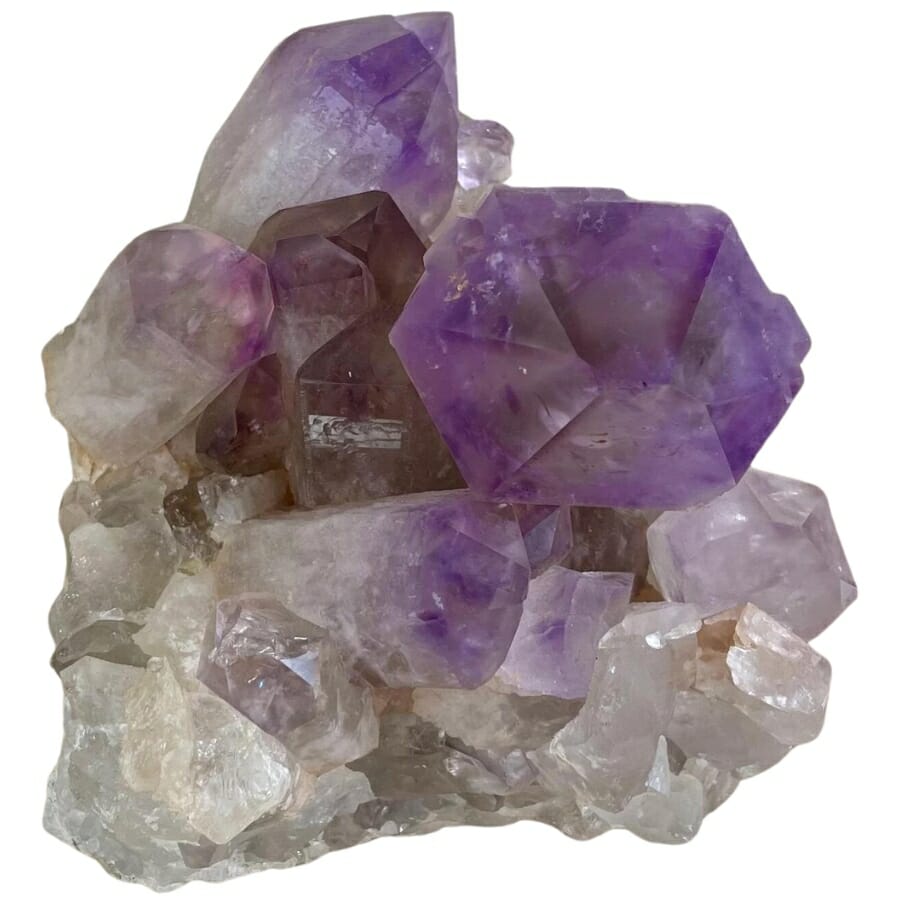
Even though both tanzanite and amethyst are shades of purple, they look very different. They are different in more ways than color, giving gem lovers many ways to tell them apart.
The crystal structures are one big difference between them. Tanzanite usually forms in orthorhombic crystals, long prisms with transparent faces. These crystals have a lot of brilliance and sparkle because they can catch and reflect light so beautifully.
Amethyst, on the other hand, is a hexagonal crystal and usually has six-sided prismatic crystals that end in a pyramid shape. Because they are hexagonally symmetric, amethyst crystals may have a different look, even though they are also beautiful.
Tanzanite is famous for how clear and transparent it is. It looks almost perfect and lets light pass through with little interference, which makes it look even more beautiful. Although amethyst can be very clear, there are times when it has inclusions or cloudy spots inside the crystal that make it less clear.
Trichroic color zoning is a type of inclusion that can make tanzanite look different colors when viewed from different angles.
The presence of these things can give tanzanite an exciting look. Amethyst doesn’t usually have this color zoning effect, so the colors inside the stone are more evenly spread out.
Cleavage – Tanzanite has distinct cleavage
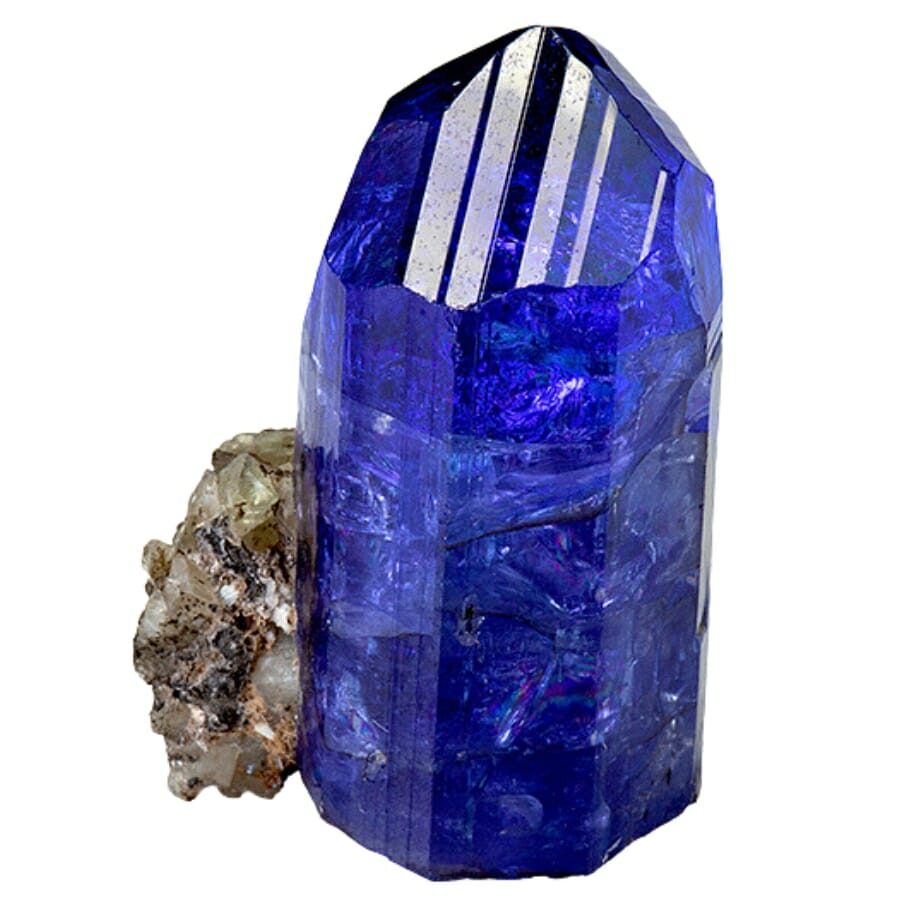
There are significant differences between tanzanite and amethyst, two different gemstones, regarding their cleavage properties, determining how they break when put under outside forces.
Tanzanite is a type of the mineral zoisite with cleavage that runs in a clear direction. This is called basal cleavage. In other words, tanzanite is pretty easy to cut or break along this particular plane.
This cleavage feature can affect how the gemstone is cut and shaped for jewelry. Lapidaries have to pay close attention to this cleavage plane to ensure they don’t damage the stone while cutting it.
Even though it has a cleavage, tanzanite is a very popular gemstone because of its beauty and unique color variations.
Since amethyst is a type of quartz, it doesn’t have a lot of cleavage. When stressed, it usually breaks in a way that isn’t regular, like a conch shell. This means that cutting and shaping amethyst gemstones is less likely to cause problems with cleavage.
Because it has no cleavage planes, amethyst can be used to make a wide range of jewelry designs. This makes it a popular choice for gemstone jewelry.
Color – Amethyst is primarily purple
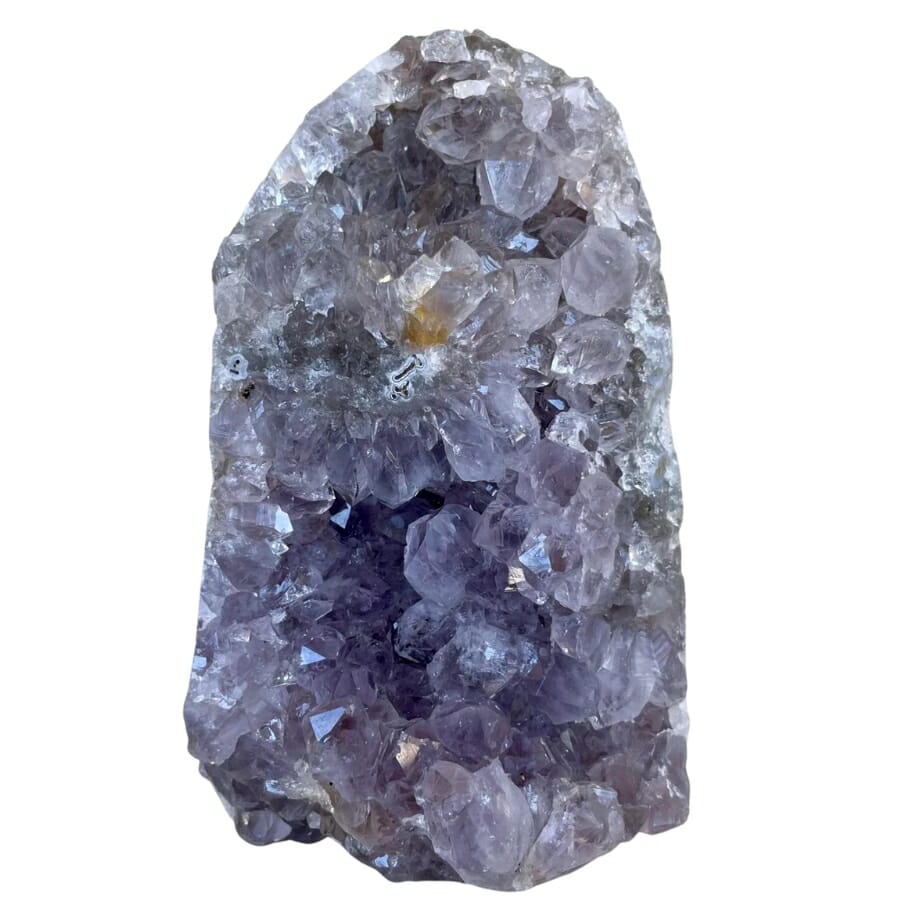
The beautiful blue and violet colors of tanzanite make it famous. It can be a soft, pale blue color or a deep, rich violet color. Some stones even have a beautiful mix of blue and violet colors.
Small amounts of vanadium are found in tanzanite’s crystal structure, which gives it this unique line of colors. It’s very attractive and a highly sought-after gemstone in the jewelry world because it can show a range of blues and violets. This is called pleochroism.
Amethyst is mainly known for its classic purple color. Different shades of purple can be found in amethyst stones, from soft lavender to royal purple. Trace amounts of iron in the quartz crystal lattice give it this clear and consistent purple color.
Even though amethyst doesn’t have as many colors as tanzanite, everyone who likes jewelry and collectors still wants to buy its rich, royal purple color.
Density – Tanzanite has higher density
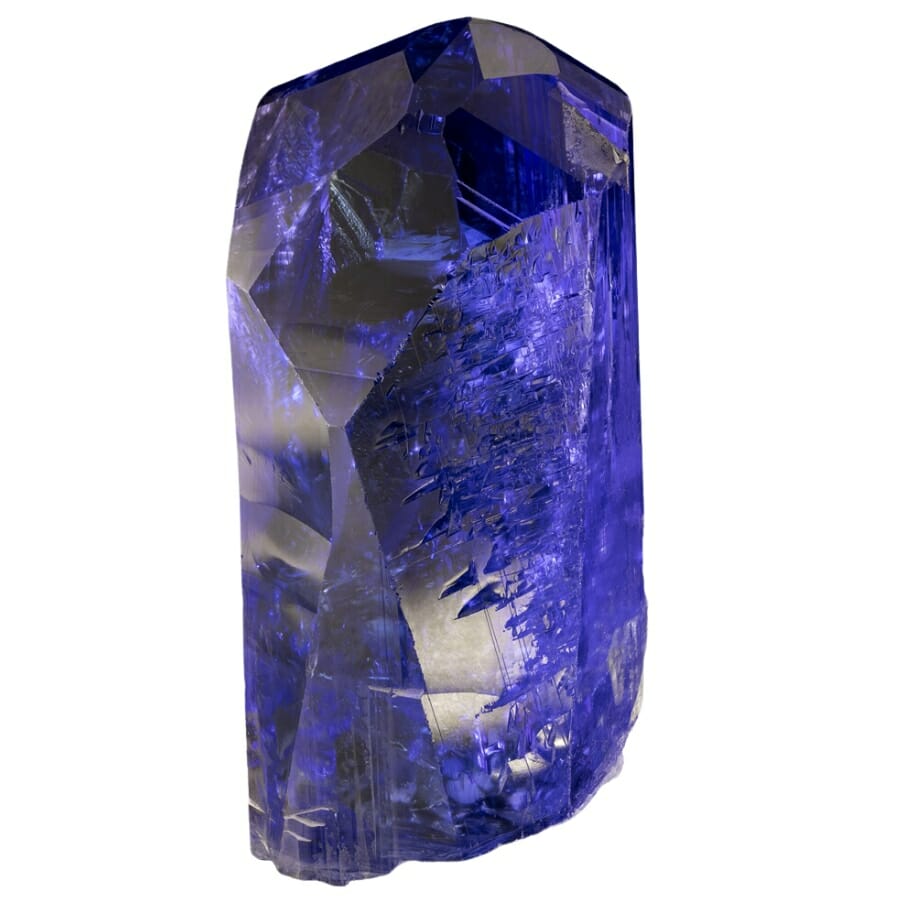
The density of tanzanite is usually higher than that of amethyst. This means that tanzanite will weigh more than amethyst for the same size stone.
Tanzanite’s density can differ depending on its impurities and chemical makeup, but it’s usually between 3.35 and 3.55 grams per cubic centimeter (g/cm³).
On the other hand, Amethyst has a lower density, usually around 2.65 g/cm³, because it is a type of quartz. The main reason for this difference in density is that the two gemstones have different chemical makeups.
The difference in density between tanzanite and amethyst can be very big. For this reason, gemologists and jewelers often use this property, along with others like hardness and refractive index, to help them tell the stones apart.
It can also change how these gems are set in jewelry because the weight and size of the stones may need to be taken into account differently to get the design or balance you want.
Formation – Amethyst can form within sedimentary rocks
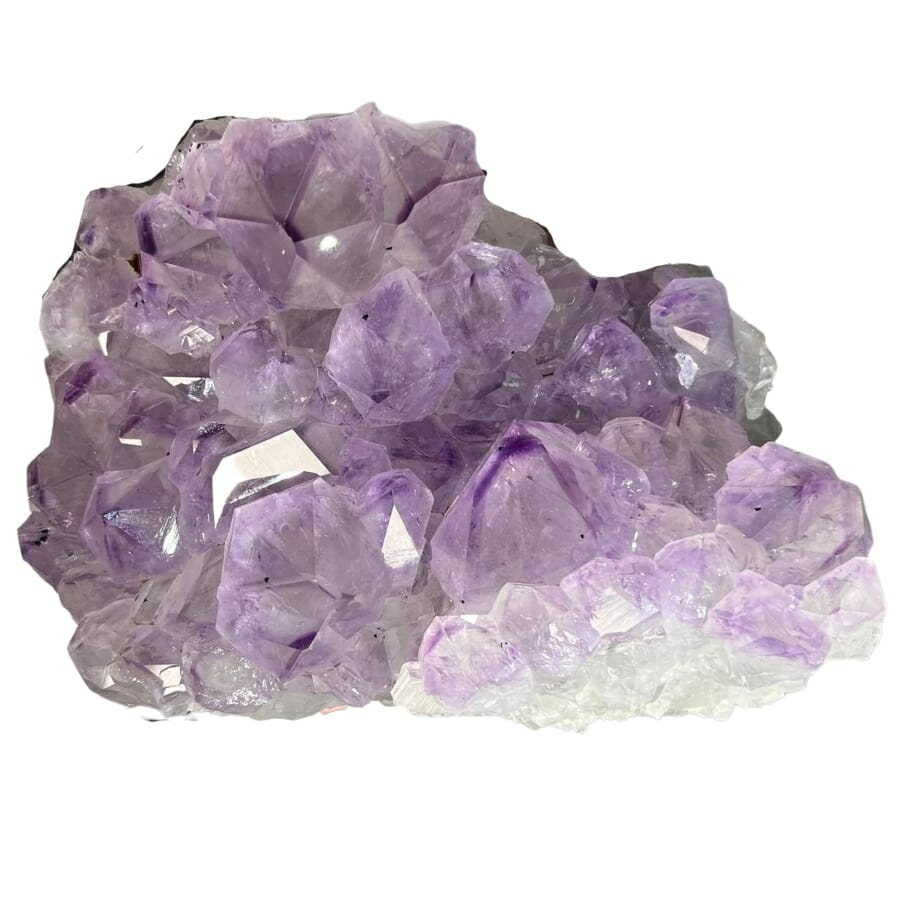
Tanzanite is a rare gem found for the first time in the 1960s in the Merelani Hills of Tanzania. Under certain geological conditions, it forms in rocks that have changed shape.
It was made from minerals that were already there but were heated and pressed by tectonic movements. Its unique blue and violet colors come from vanadium and chromium, found in small amounts in these rocks.
Tanzanite is very rare because it can only be found in a small area of the world. This makes it very valuable to collectors and jewelry lovers.
Amethyst is a type of quartz that is found in many places around the world. Geologically, it can form in volcanic rocks, geodes, and hydrothermal veins, among other places.
The purple color of amethyst comes from small amounts of iron in the lattice of quartz crystals. It’s easier to get and costs less than tanzanite because it grows in various geological environments.
Location – Tanzanite is only found in Tanzania
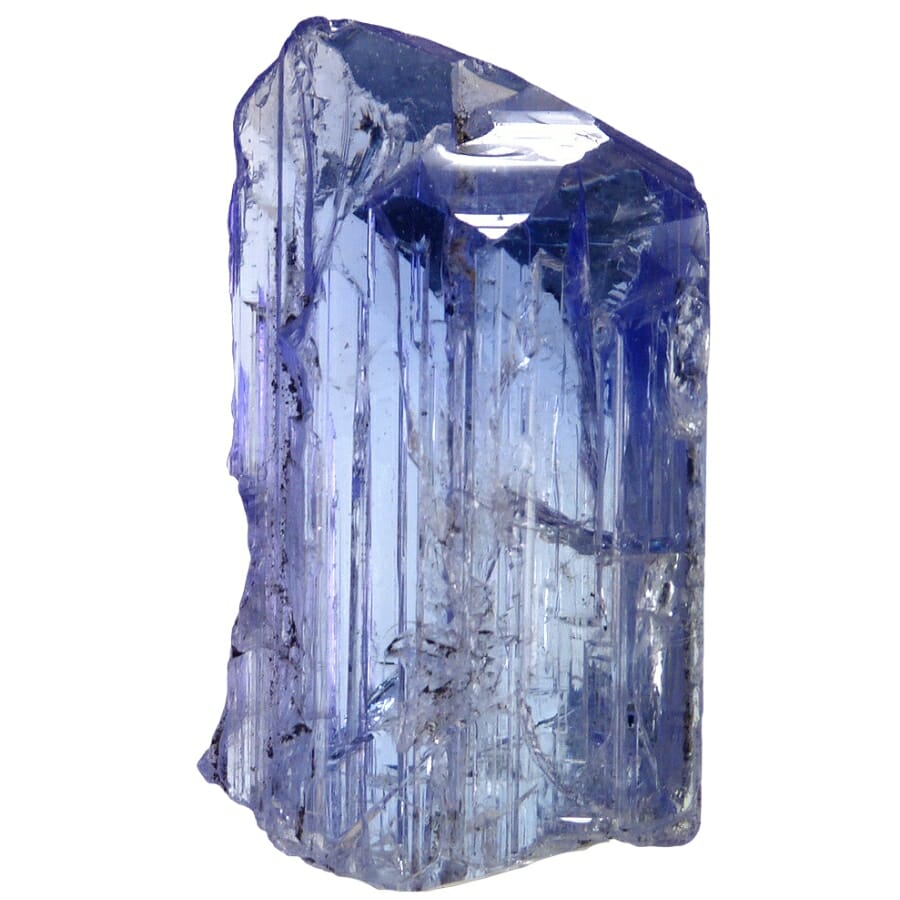
Tanzanite is mostly located in the Merelani Hills in the north of Tanzania in East Africa. It can only be found in this area close to Mount Kilimanjaro. The gem was found there for the first time in the 1960s, and it’s still the world’s only significant commercial deposit of tanzanite.
Tanzanite is formed by a mix of geological factors, such as the presence of certain minerals like zoisite and the impact of the nearby volcano Mount Kilimanjaro’s activity.
It’s hard to find because it only grows in a small area and the Tanzanian government has rules about mining and exporting it, which makes it even more desirable.
Amethyst is a gemstone that can be found in many places around the world. Brazil, Uruguay, Zambia, and the United States are some of the leading countries that make amethyst.
The state of Minas Gerais in Brazil is one of the biggest sources of amethyst in the world. It’s found in many places because amethyst can form in various places, including volcanic rocks, geodes, and hydrothermal veins.
Because it can be found in many places worldwide, amethyst has a wider range of supplies. This makes it easier to get and cheaper than tanzanite, which is rarer.
The place where you find these rocks can tell you about their past. These are the best spots for rockhounding because you can find amethyst and tanzanite.
Price – Amethyst is more affordable
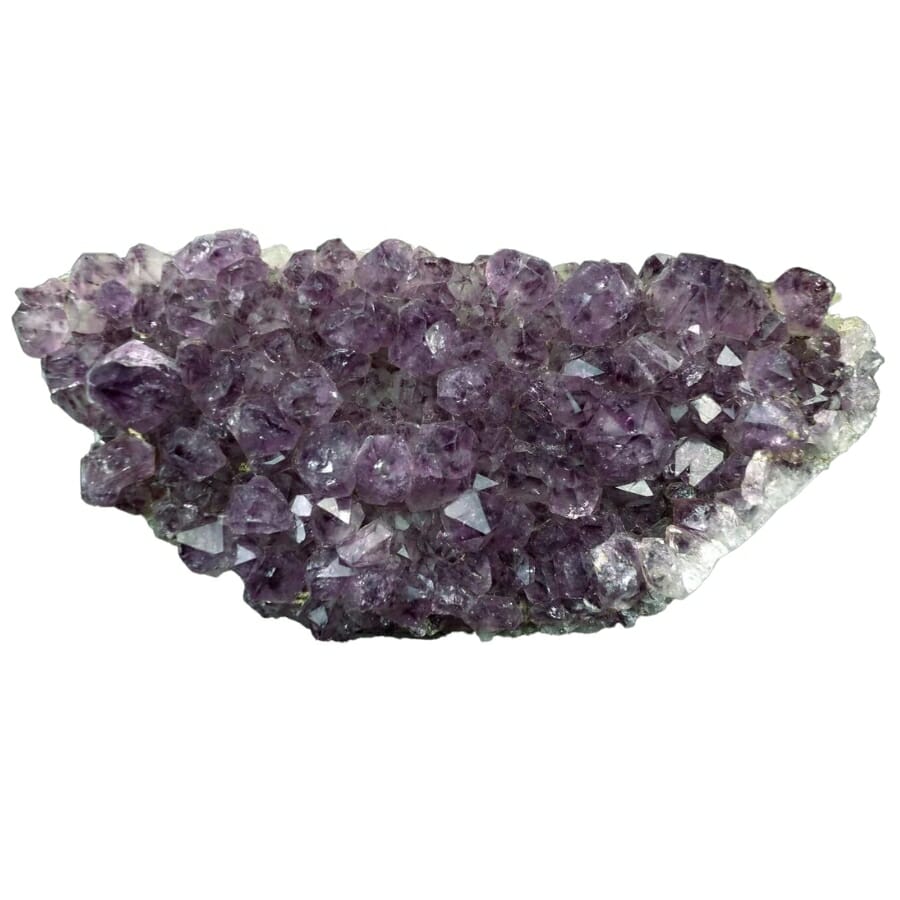
People around the world think that tanzanite is one of the rarest gemstones because it can only be found in the Merelani Hills of Tanzania.
Tanzanite is hard to find because deposits are only found in a few places, and the government has strict rules about mining and exporting it. Tanzanite costs more per carat than many other gemstones because of this.
The value of tanzanite depends on many things, like its size, color, clarity, and general quality, but it’s usually considered a more expensive gem.
Amethyst is easier to find and comes in more varieties. It can be found in many places, like the United States, Brazil, Uruguay, and Zambia. This makes the supply wide and plentiful.
Because it’s easier to find, amethyst is cheaper than tanzanite. The price of amethyst is affected by the same things that affect the price of tanzanite, like its size and quality.
However, amethyst is usually less expensive, which makes it a popular choice for jewelry lovers and people who want an elegant gemstone that won’t break the bank.
Amethyst vs. Tanzanite- The Similarities
Although they are different, they are similar in some ways. Knowing what all gemstones have in common makes the world of gemstones more interesting.
Chemical composition – Tanzanite and amethyst are both quartz varieties
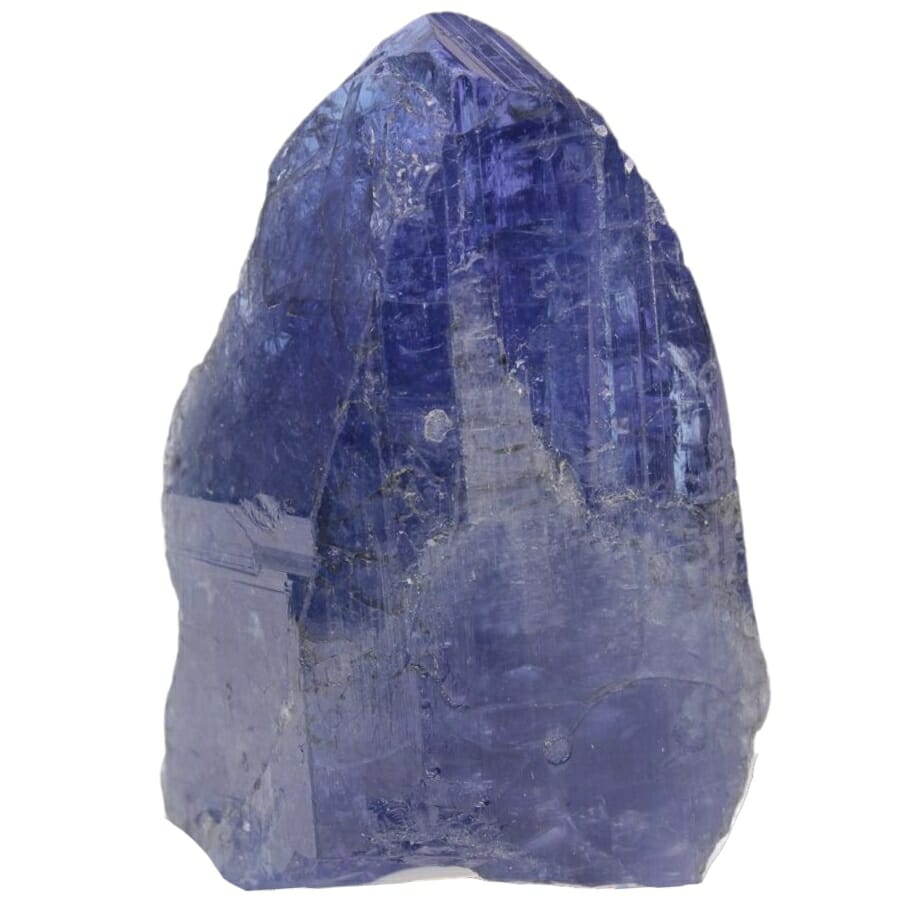
Tanzanite and amethyst are two very different gemstones, but their chemical makeups are similar in some ways. This is mainly because they are both silicate minerals.
Tanzanite and amethyst are both made of quartz. Quartz is mainly made up of silicon and oxygen atoms arranged in a three-dimensional grid of silicon-oxygen tetrahedra.
This basic structure is something that all silicate minerals have, like tanzanite and amethyst. They comprise the same chemical building blocks: silicon and oxygen.
Trace elements in their crystal structures cause the color differences between tanzanite and amethyst. The characteristic purple color of amethyst comes from small amounts of iron in the crystal structure of quartz.
Conversely, Tanzanite gets its blue and violet colors from small amounts of vanadium and chromium that are naturally found in the mineral.
Even though tanzanite and amethyst have different colors and amounts of trace elements, they are both made of quartz, an essential chemical structure with silicon and oxygen as the main elements.
The fact that they are chemically similar is a big part of what makes them silicate gemstones.
Conductivity – Neither amethyst nor tanzanite can conduct electricity
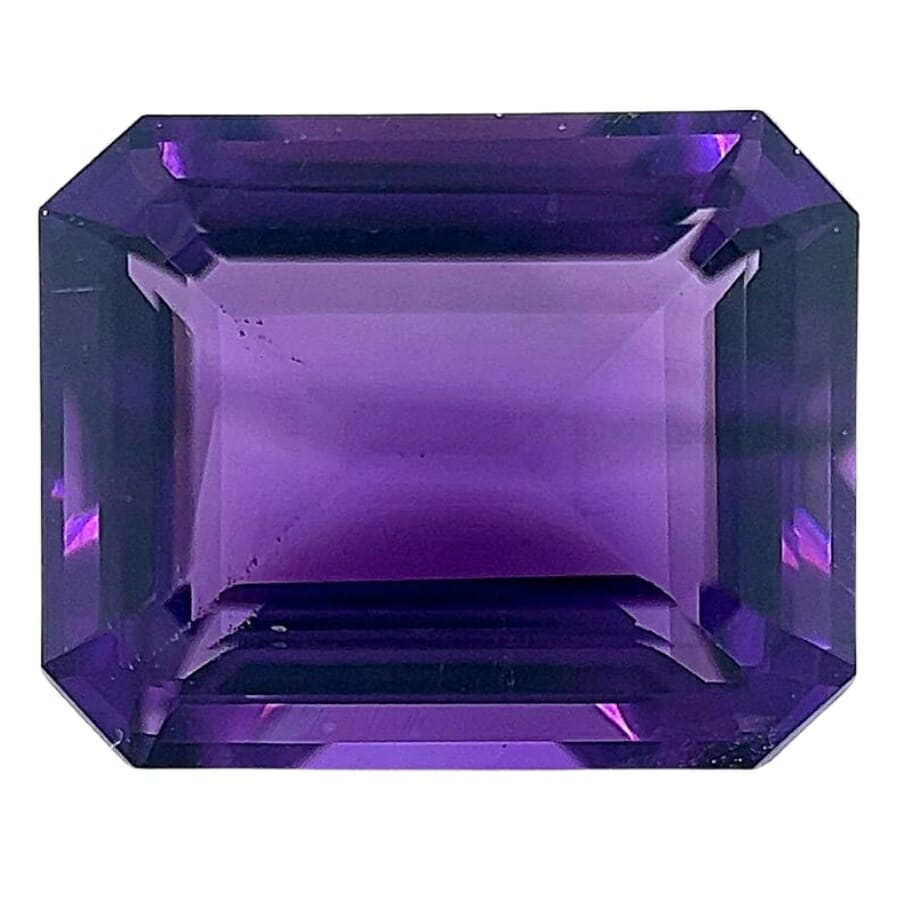
Even though tanzanite and amethyst are two different gemstones with different colors and chemical makeups, they are similar in how they conduct electricity. Both stones are non-conductive, so they don’t let electricity flow.
They don’t conduct electricity because tanzanite and amethyst are crystal structures with no mobile charge carriers in their atomic arrangements. Silicon and oxygen comprise most gemstones.
They form a crystalline lattice structure of silicon-oxygen tetrahedra. This structure doesn’t let electrons move around, which is needed for electricity to flow.
Minerals and gems in the silicate mineral group, including tanzanite and amethyst, all have the property of not conducting electricity. Different mineral types can have very different electrical conductivities regarding gemstones.
Tanzanite and amethyst are not electrically conductive, so they can be used in jewelry without worrying about their electrical properties.
Fluorescence – Both tanzanite and amethyst can slightly fluoresce
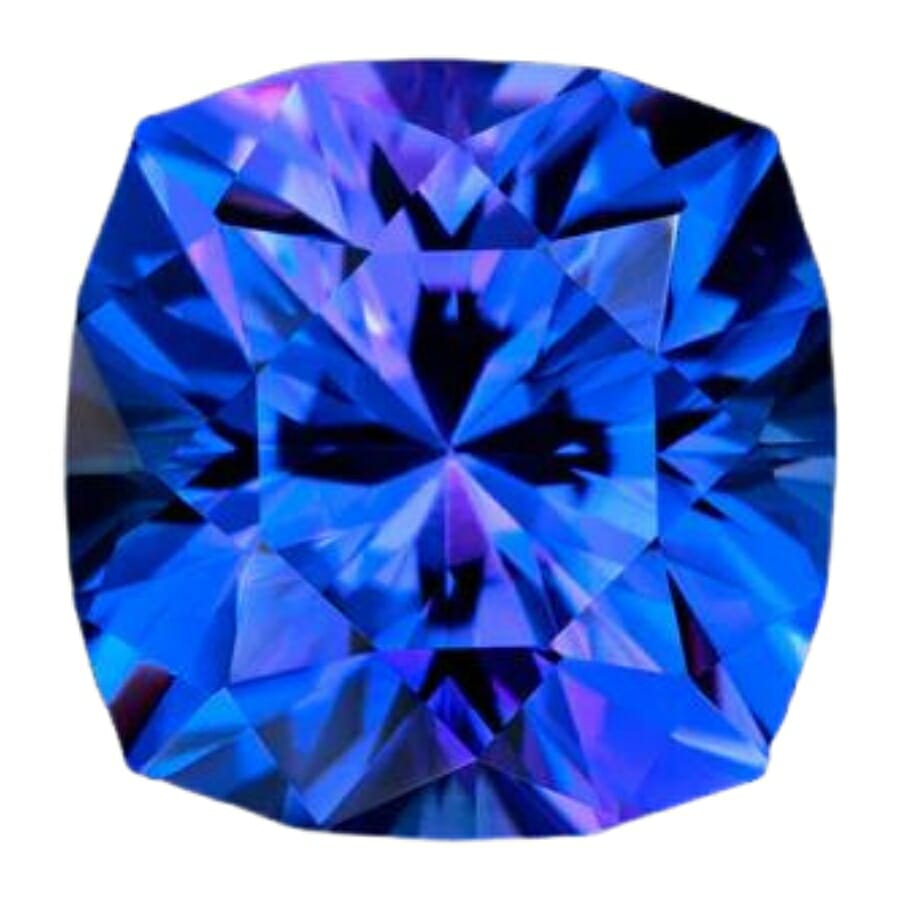
Even though tanzanite and amethyst are different gemstones, they both fluoresce similarly. Both gemstones can glow when exposed to ultraviolet (UV) light.
Tanzanite often has a strong fluorescent response to UV light, giving off a bright blue or violet glow. Very small amounts of vanadium cause the fluorescence effect in the crystal structure of tanzanite.
The interaction between UV light and vanadium excites the mineral’s electrons, which lets out blue and violet light that we can see.
Similarly to tanzanite, amethyst can fluoresce when exposed to UV light, though the effect is usually not as strong or noticeable. The fluorescence of amethyst usually looks like a light violet or blueish glow.
This glowing is caused by small amounts of elements, like iron, in the quartz crystal lattice of amethyst.
Both tanzanite and amethyst have a light response called fluorescence which makes them look more interesting.
Gemologists and collectors can tell the difference between these two beautiful gems and judge their quality by looking at them under UV light and seeing how their colors and fluorescence intensities change.
Hardness – Amethyst and tanzanite have similar hardness
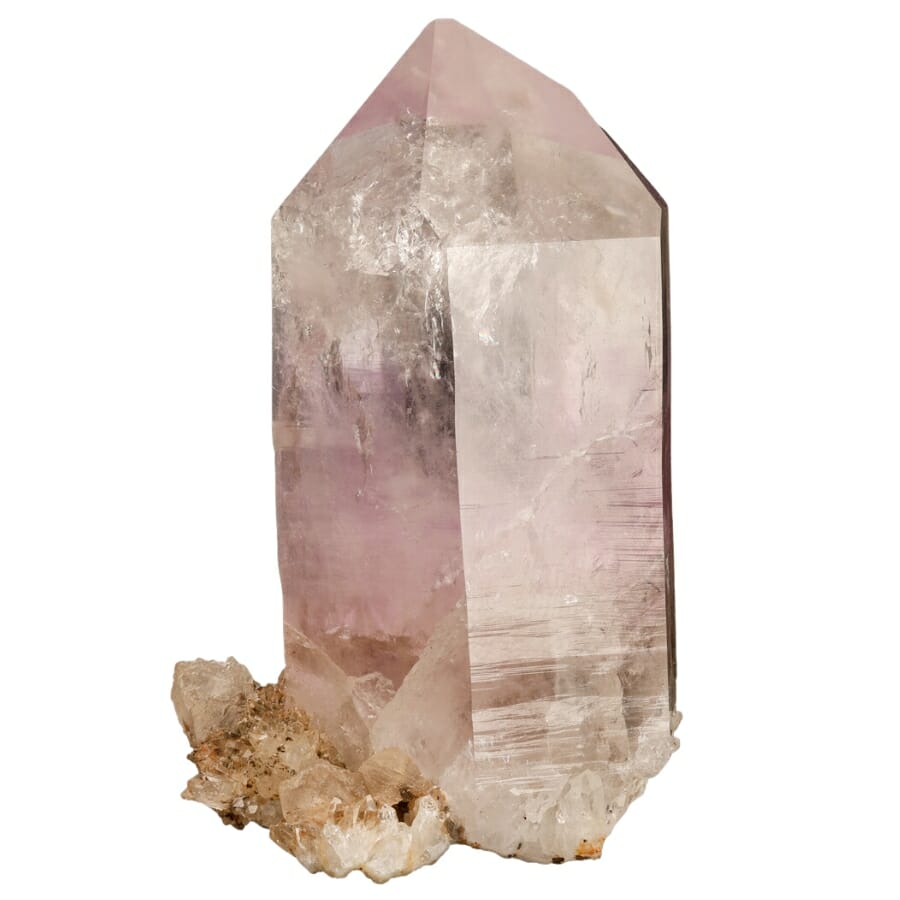
Tanzanite and amethyst are both very hard, which is a big similarity between them. According to the Mohs scale of mineral hardness, both stones are pretty hard.
They both have a rating of about 6.5 to 7. This puts them in the same price range as popular gems like peridot and garnet.
Tanzanite and amethyst are hard stones used in various jewelry designs. Both are strong enough to last through everyday use and don’t scratch too easily.
It’s important to remember that even though tanzanite and amethyst are about the same hardness, they can both be scratched or broken by diamonds or sapphires, which are harder.
Because they are pretty hard, jewelers and stone cutters can confidently cut and shape tanzanite and amethyst into many different jewelry designs.
They are often used to make rings, necklaces, earrings, and other types of jewelry that need to last because they are durable and come in pretty colors and other individual traits.
Luster – Tanzanite and amethyst both exhibit a vitreous luster
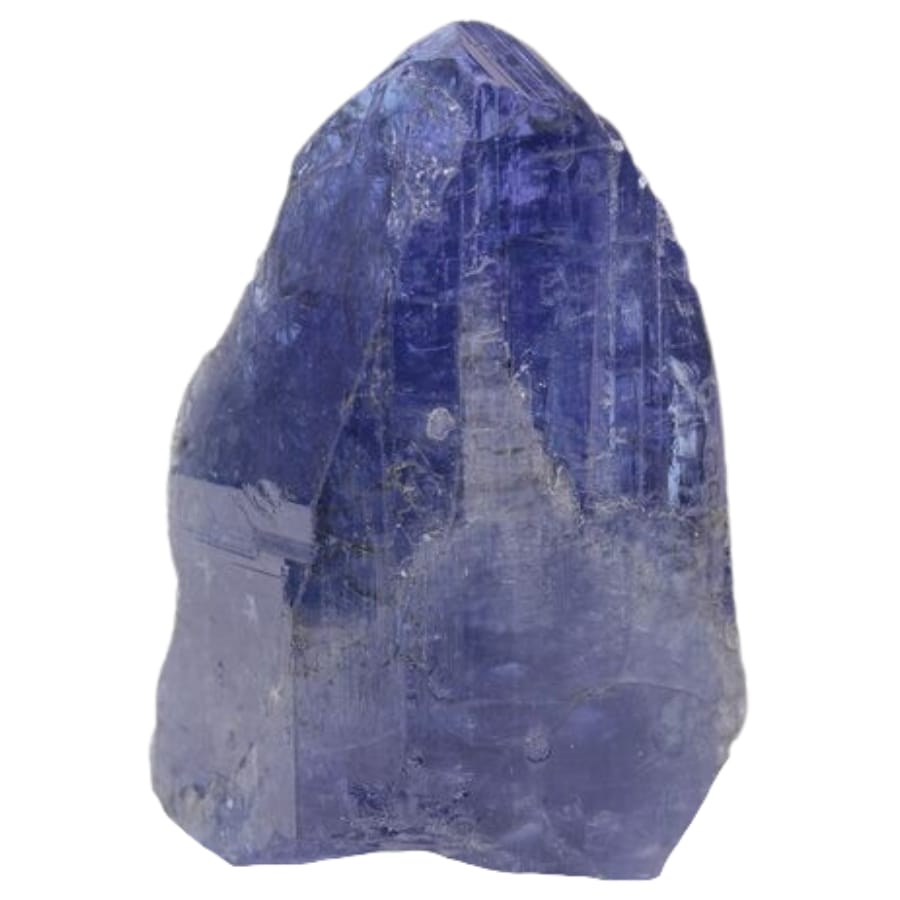
Tanzanite and amethyst shine brightly, which they have in common. Both gemstones usually have a vitreous (glass-like) sheen when polished very well.
This vitreous luster makes them look nice by making them sparkle and reflect light brilliantly.
Both tanzanite and amethyst have a vitreous luster from how light interacts with the crystal surfaces.
When these gems are cut and faceted to bring out their natural beauty, the smooth, polished facets let light into the stone and reflect it out, giving it a stunning look.
The vitreous luster makes the gemstones look even better and is a quality people want in jewelry.
Even though both tanzanite and amethyst have this vitreous luster, it’s important to remember that the intensity and brilliance of their luster can vary depending on the cut, quality, and other features of each stone.
Still, the vitreous luster is a key feature that makes both tanzanite and amethyst more attractive to the eye, which is why they are popular choices for many jewelry designs and settings.
Magnetism – Neither amethyst nor tanzanite are magnetic
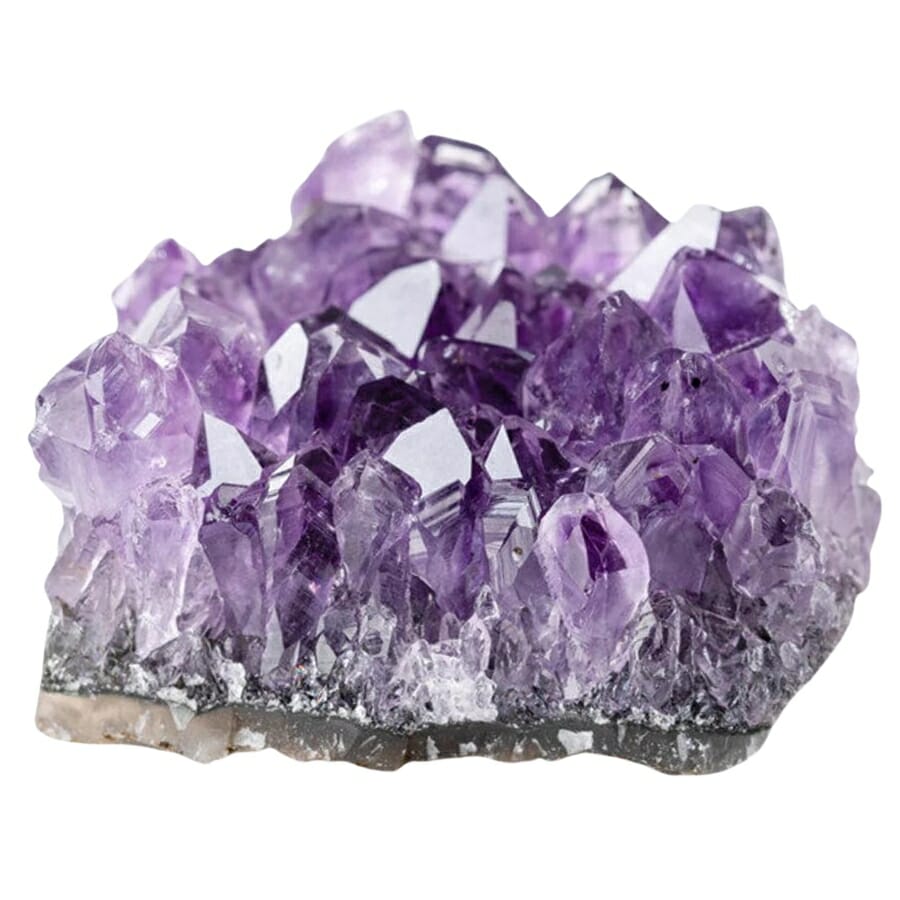
Like many other gemstones, tanzanite and amethyst are not magnetic. In normal situations, neither tanzanite nor amethyst can be seen as magnetic.
Because of how their atoms and crystals are structured, these gemstones don’t have any magnetic properties. A material’s magnetic properties usually come from how its atoms or molecules are structured and their magnetic moments are aligned.
Regarding tanzanite and amethyst, their primary chemical makeup and crystal structures—made up of silicon and oxygen atoms arranged in specific ways—do not contain any magnetic elements or have the proper magnetic alignment to create a magnetic field.
Gemologists and mineralogists can tell the difference between minerals by checking if they are magnetic. It’s proven that tanzanite and amethyst are not magnetic because they do not react or attract a strong magnetic field.
The main thing that tanzanite and amethyst have in common is that they are not magnetic. Because their atomic and crystal structures don’t have the right elements or arrangements for magnetic properties to show up, it’s easy to tell them apart from magnetic materials.
Streak – Both tanzanite and amethyst have a white streak
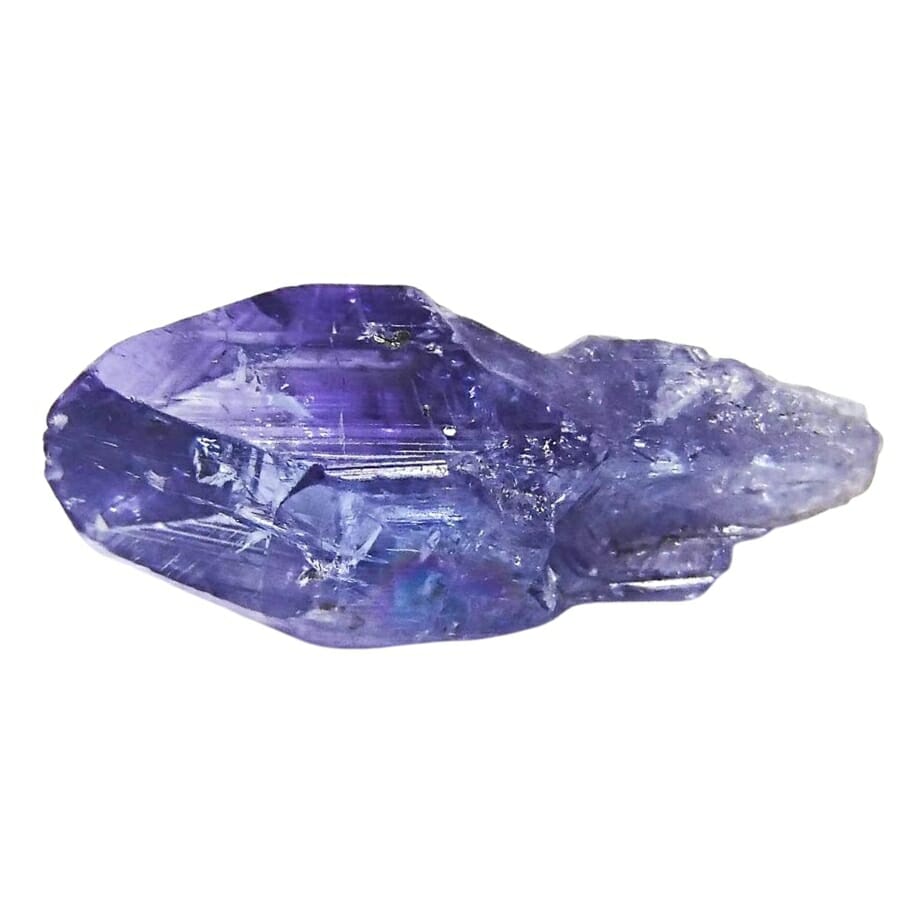
The streaks on tanzanite and amethyst are very similar, even though they are different in color and appearance. If you scratch either stone on a porcelain streak plate, it leaves a white line.
The streak of a mineral is the color of the powder that is made when the mineral is scratched against something harder, like porcelain that isn’t glazed.
Even though tanzanite and amethyst are very bright and unique colors, the powdered streak they leave behind is white.
Tanzanite and amethyst have white streaks because their streak plates don’t have any pigments or other color-causing elements. Most of the time, the streak color is lighter than the mineral’s outside color.
In this case, the streak color is white. Because the streak color stays the same, it can be used to help identify minerals and tell them apart from minerals with different streak colors.
The Easiest Ways To Tell Tanzanite and Amethyst Apart
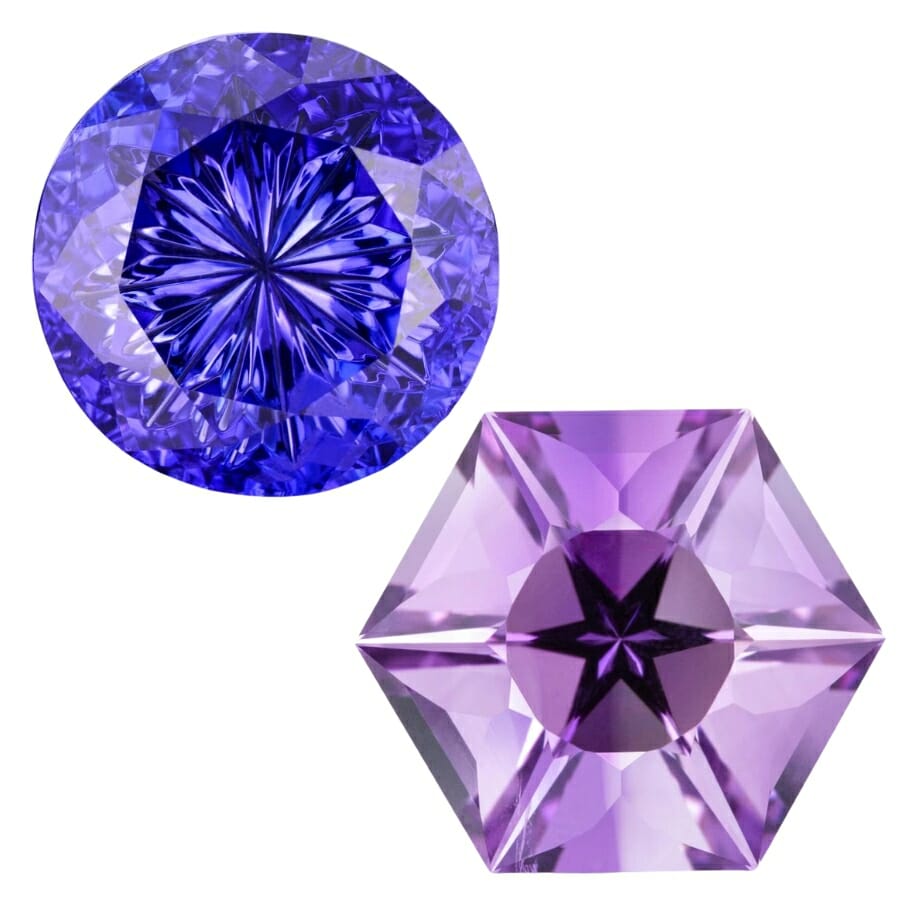
You can tell tanzanite and amethyst in a few different ways. It’s fun to try to figure out what makes them unique. You should know they are not the same in some important ways, even though they look the same.
Check the pleochroism
Pleochroism is a unique property of tanzanite, which can show different colors from different angles. Because of this optical effect, tanzanite can look blue or violet when viewed from certain angles.
This helps to tell it apart from amethyst, which usually stays the same purple color no matter what angle it is seen from.
Know the origin
The location of the gemstone’s birthplace can also give important clues. Tanzanite can only be found in the Merelani Hills of Tanzania.
Amethyst is more common and can be found in many places, such as the United States, Brazil, Uruguay, and Zambia. Knowing where the gemstone came from can be a strong indicator, but you might need to get certified or show proof.
Observe inclusions
You can also tell the difference between tanzanite and amethyst by looking for inclusions and tiny flaws inside the stone.
Tanzanite can have trichroic color zoning inclusions that cause color differences within the stone. On the other hand, Amethyst usually has a more even color distribution.


